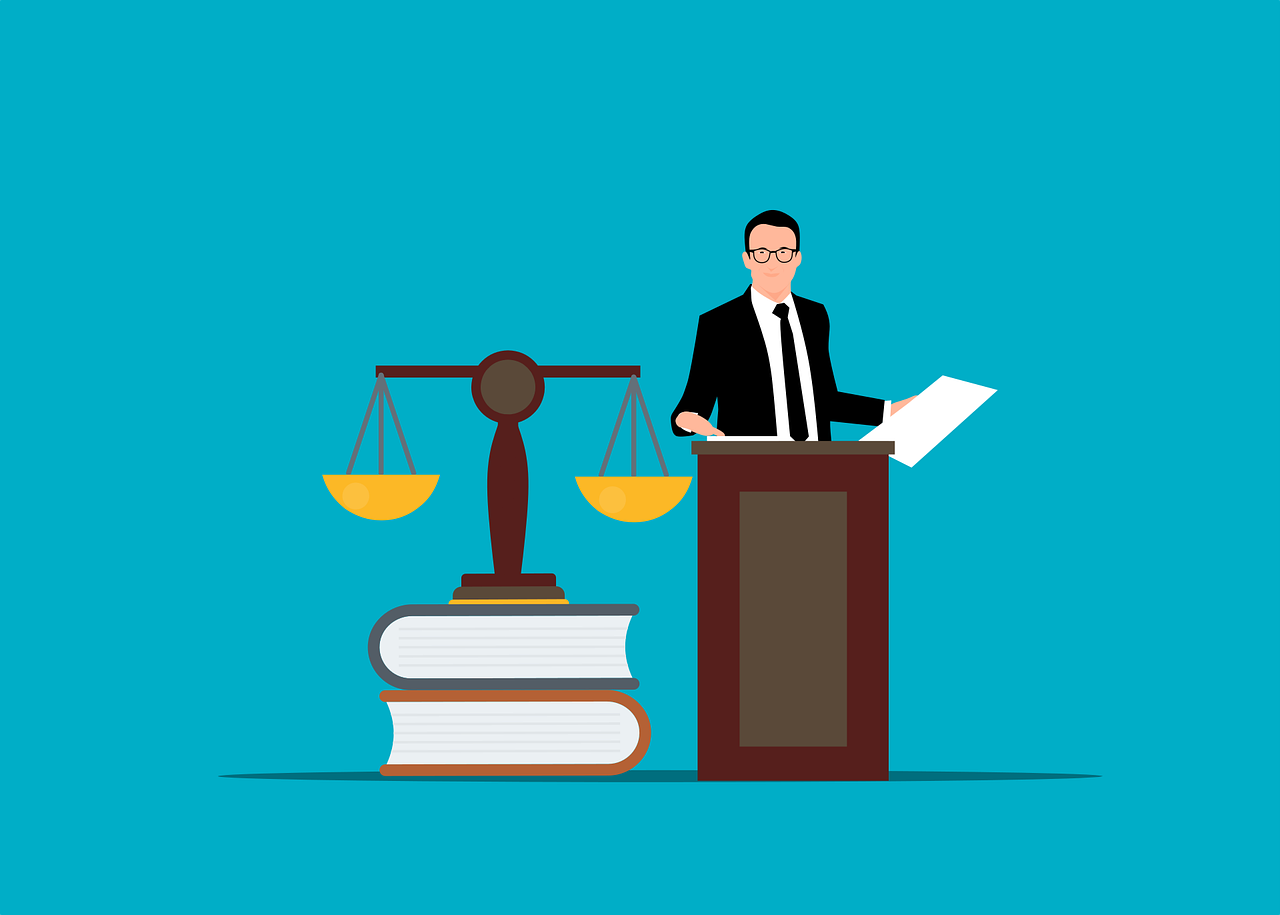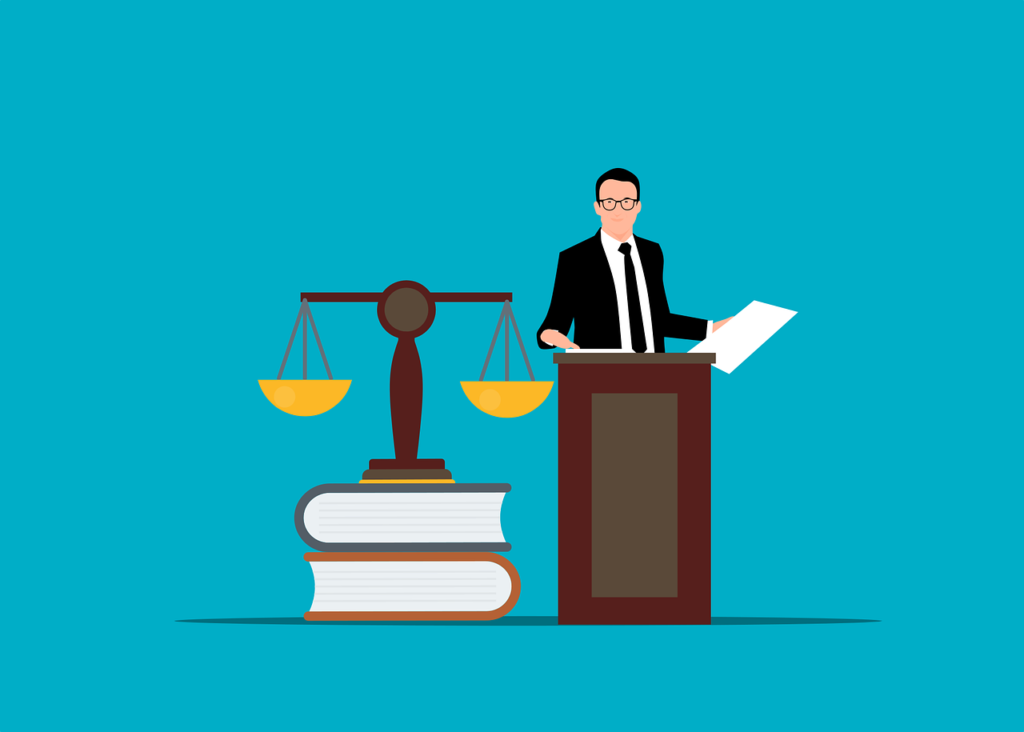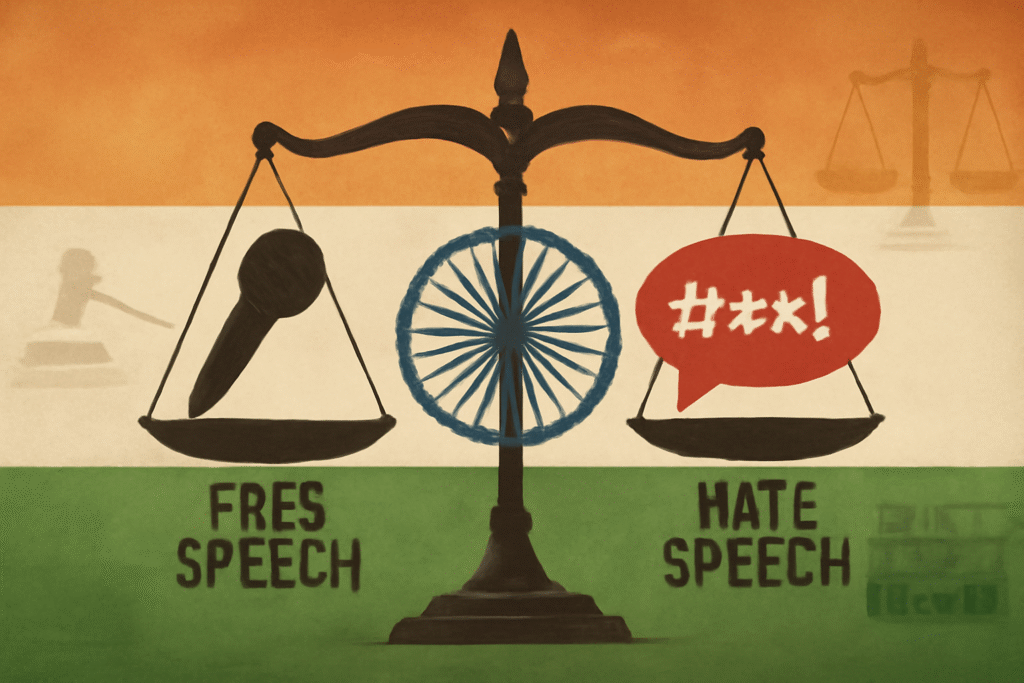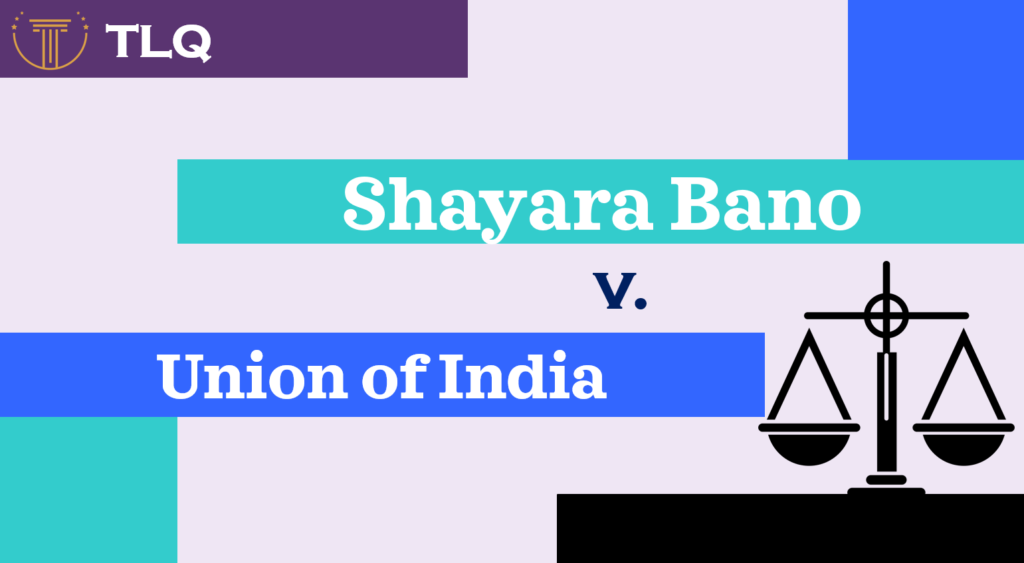Published On: 16th May, 2024

Authored By: Titiksha Halder
Jogesh Chandra Choudhary Law College
INTRODUCTION
Liability means the state of being responsible for any act or omission. Along with tort law, criminal law recognizes the term liability.
It is very common that, whatever one does, he has liability for it. Liabilities have been significantly placed under the law of torts and critically deal with a wrongful act or omission or an infringement of rights leading to a legal liability.
Under the law of torts, there are three types of wrongs through which tortious liability arises. They are as follows: intentional wrong, negligence, and strict liability.
There are several situations when a person may be liable for some harm even though he was not negligent in causing it.
Strict liability follows liability without fault. It is also known as no-fault liability[1].
It is also known as ‘the imposition of liability without finding any utmost negligence on the defendant’s part’. Strict liability imposes legal liability on the defendant. This legal liability concerns responsibility for the consequences of an activity done even in the absence of fault or criminal intention.
These are the examples that may cause strict liability.
Pile driving, blasting, possessing hazardous chemicals, non-natural use of land, keeping dangerous animals, liability on the part of the manufacturer, etc.
The doctrine of strict liability arises from:
In the case of Rylands vs. Fletcher in 1868, the House of Lords laid down the rule recognizing ‘no fault liability’ or’ strict liability’. It states that even if the defendant was not negligent or did not intentionally cause the harm, he could still be made liable under the rule.
The facts of the case were as follows: the defendant got a reservoir constructed by an independent contractor on his land to provide water for his mills. There were old, disused shafts under the reservoir that were overlooked by the contractor, and they did not block them. When water filled the reservoir, it burst through the shafts and flooded the plaintiff’s coal mine. In this case, even if the defendant was not negligent, he is held liable.
Three types of conduct can give rise to strict liability:
- By possessing dangerous animals.
- By engaging in abnormally dangerous activities.
- Liability arises on the part of the manufacturer.
The third type of liability that arises on the part of the manufacturer is also known as product liability. This product liability is a sort of legal liability imposed upon the manufacturers as well as the sellers to compensate buyers for damages or injuries suffered due to the defects of the purchased goods.
It is the seller from whom people buy their respective goods, so, in cases of any damage or injury incurred by the purchaser due to the material defect in them, the seller or manufacturer must compensate them. Manufacturers’ liability arises due to defective goods.
A manufacturer’s liability is determined either by their negligence, breach of warranty, or strict liability.
PRODUCT LIABILITY A FORM OF STRICT LIABILITY
Is a manufacturer subject to the strict product liability doctrine?
The legal concept known as “product liability” allows plaintiffs to file a claim when they find a defective consumer good. Although this theory can be related to negligence, it is more commonly linked to strict liability, which holds defendants accountable regardless of their knowledge or intent.
The product liability of a manufacturer is often associated with strict liability. In cases where
If the plaintiff successfully proves that the product is defective, the defendant is liable, Because the intent of the defendant has not been given importance, it is counted under strict liability, where the consequence will be the same even without the presence of malice.
Not only manufacturers but also distributors, suppliers, and retailers are held responsible for any injuries that their respective products cause.
Historical background
The first step toward contemporary product liability law was taken in the historic New York case of
MacPherson v. Buick Motor Co. (1916),
which overturned the privity bar to recovery in negligence claims. In 1955.
This concept of product liability, where a producer or seller of a good is held liable, is not new. The history can be traced back to 2200 BC; it belongs to the code of Hammurabi.
In the case of Greenman Vs. Yabu Power Products, Inc., 32NJ358 (1963)
This case was dealt with by the California Supreme Court, which was the most insightful. This theory of liability makes the product manufacturer and seller responsible for all defective products that unreasonably threaten the personal safety of a consumer.
After this decision, most of the countries inherited this liability either by judicial decision or by statute.
After the case of Ryland vs. Fletcher, the rule of strict liability was inherited in most countries, including India. Before 1868, there was no concept of strict liability. The rule of caveat emptor and the rule of privity of contract were there in the early product liability ages.
The rule of caveat emptor was discussed in the early 17th and 18th centuries in Europe. Which means let the buyer be aware.[2]
Under the doctrine of privity of contract, an injured person can only bring legal action against a producer or seller for the injuries if they were in a direct contractual relationship with the seller.
Product liability is usually considered a serious liability offense. In terms of product liability, the defendant is liable if the plaintiff proves that the product is defective, regardless of the will of the defendant. It does not matter whether the manufacturer or the supplier is very careful. if the product has a defect that causes damage, he is responsible for it.
Generally, product liability refers to the legal liability of the manufacturer or seller to compensate the buyer.
This liability gives the plaintiff a cause of action as these are civil suits, and it is necessary to have a cause of action in a civil suit.
HOW DOES LIABILITY ARISES
This liability for the manufacturer can arise in certain categories, namely,
1. Manufacturing defect
The manufacturing of a product was done incorrectly. The error may affect a single product or an entire product.
2. Design defect.
where there is a fault in the design of the product itself. mechanical defects, which are common in motor vehicles.
A design defect arises when a whole class of products is inadequately planned.
3. Marketing defect or communication defect
- Where there is no adequate warning provided, details of the side effects of medicines are not provided. In cases where the manufacturer fails to provide precautions or safe use of the product,
ESSENTIALS TO FILE A LAWSUIT
There are some common elements to file a lawsuit under product liability,
- That must involve a
- That the product must be found to be
- A defect of the product must be the cause of the injury or the harm that occurred.
Product:
That may be like tangible products.
Product defect:
The plaintiff has to prove that the product is defective. The defect can be associated with the product itself or the packaging, labeling, advertisement, etc.
It needs to be proved that the product was defective and dangerous due to the faults on the part of the manufacturer. Even if the time lapsed then also the plaintiff can recover the damages. It is upon the plaintiff to prove the defect was not due to improper handling of the goods. But in nature of the manufacturer’s fault or faults in design.
The court has the power to test whether the product is defective or not.
To test the court can apply these two principles –
- Consumer expectation test.
- Risk -utility test.
Under the 1st test the product concerned is said to be defective is dangerous to the extent beyond the normal level. This test sets objective standards to determine defects. It is a historical form of test.
In the risk-utility test, the cost of making a product is also counted.
- Risk-Utility Test
- the defendant is not liable for a design defect if evidence shows that the product’s utility outweighs its inherent risk of harm.
- Consumer Expectation Test
- a reasonable consumer would find the product defective when using the product in a reasonable manner
- if a reasonable consumer would not find the product to be defective even when using it reasonably, then the defendant is not liable, even if the product’s design flaw resulted in injury[3]
- a reasonable consumer would find the product defective when using the product in a reasonable manner
Period TO CLAIM BEFORE THE COURT
There is a period to claim the producer’s liability under the rule of strict liability. The basic period is 3 years from the date of damage or injury. In such cases where damages are not immediately apparent, they are calculated from the date the manufacturer came to know about the particular defect. However, the claim cannot be made after the expiration of 10 years.
The liability under CPA is strict. The producer has defenses available.
The producer can claim the defect did not arise at the time the product was put in circulation. It was not the fault on his part.
The particular code under which the manufacturer is liable is under the Consumer Protection Act.
This act provides statutory liability for defective products. This act imposes strict liability upon the manufacturers of defective products for harm caused by these products[4].
This means, that one who is injured by the defective products can sue the manufacturer or the seller for compensation without having proved that the manufacturer was negligent in his act.
PROVISIONS REGARDING THAT IN: The Consumer Protection Act2019
Under the Consumer Protection Act, a producer or manufacturer is liable for such a default.
In India, the product liability of manufacturers is concerned with the Consumer Protection Act and the Indian Contract Act.
Before the Consumer Protection Act 2019 was presented, the Consumer Protection Act 1987 was there to protect consumer interests. Before that, the concept of product liability was not there, but consumers could seek a remedy through the concepts of “defect and deficiency,” respectively.
Sections 82 to 87 of the Consumer Protection Act of 2019 provide all the provisions for product liability.[5]
Section 84 of the Consumer Protection Act 2019 says:
A product manufacturer shall be liable in a product liability action [6]if
- The product has a manufacturing defect.
- The product is defective in design.
- There is a deviation from the manufacturing specification.[7]
- The product does not conform to the express warranty.[8]
The product fails to contain adequate instructions for correct usage to prevent any harm or any warning regarding improper or incorrect usage.
Also, it is to be remembered that A complaint can be brought by a
- A consumer
- A registered voluntary consumer association
- State government
- One or more consumers with the same interest.
With this act of the Consumer Protection Act of 2019, burdens and liabilities of a specific product are now placed on the product manufacturers.
It is a vital step that is necessary for protecting the interests of consumers as a whole.
CONCLUSION
Concluding, To safeguard consumers and guarantee that products fulfill quality and safety standards, product liability is essential.
The causes of product responsibility are many and include carelessness, mistakes in production, and defects in design.
There may be serious repercussions, such as financial and legal difficulties, harm to customers, and reputational harm to a business.
To avoid product liability, producers and manufacturers must put quality, safety, and regulatory compliance first.
By doing this, they can promote trust and sustainability in the marketplace while safeguarding customers, their companies, and their bottom lines.
We can say that in India, the manufacturer is liable for the damaged goods under strict liability if such damage occurs due to the fault of the manufacturer. The liability on the part of the manufacturer is known as “product liability.” This product liability deals with civil law. So, only compensation in the form of pecuniary value or something else is granted by the court. This legal doctrine prioritizes consumer protection, shifting the burden of proof onto manufacturers to ensure product safety and foster a safer and more reliable marketplace.
Reference(s):
[1] Buddy, CLAT. ‘Strict Liability in Torts’. CLAT Buddy, 6 July 2023, https://clatbuddy.com/strict-liability-in-torts/
[2] https://quizlet.com/253736466/business-law-law-of-sales-flash-cards/
[3] ‘Products Liability’. LII / Legal Information Institute, https://www.law.cornell.edu/wex/products_liability. Accessed 13 Apr. 2024
[4] ‘. Pinsent Masons, 4 Nov. 2024, https://www.pinsentmasons.com/en-gb/out-law/guides/product-liability-under-the-consumer-protection-act.
[5] https://lawdocs.in/blog/product-liability-consumer-protection-act-2019. Accessed 11 Apr. 2024.
[6] https://lawdocs.in/blog/product-liability-consumer-protection-act-2019. Accessed 11 Apr. 2024.
[7]Mcsroofing. ‘A Standard Procedure For Quality Assurance Deviation Management’. Medium, 1 Feb. 2022, https://ericjohnson34.medium.com/a-standard-procedure-for-quality-assurance-deviation-management-452837d5a81a.
[8] Section 84. Liability of product manufacturer





